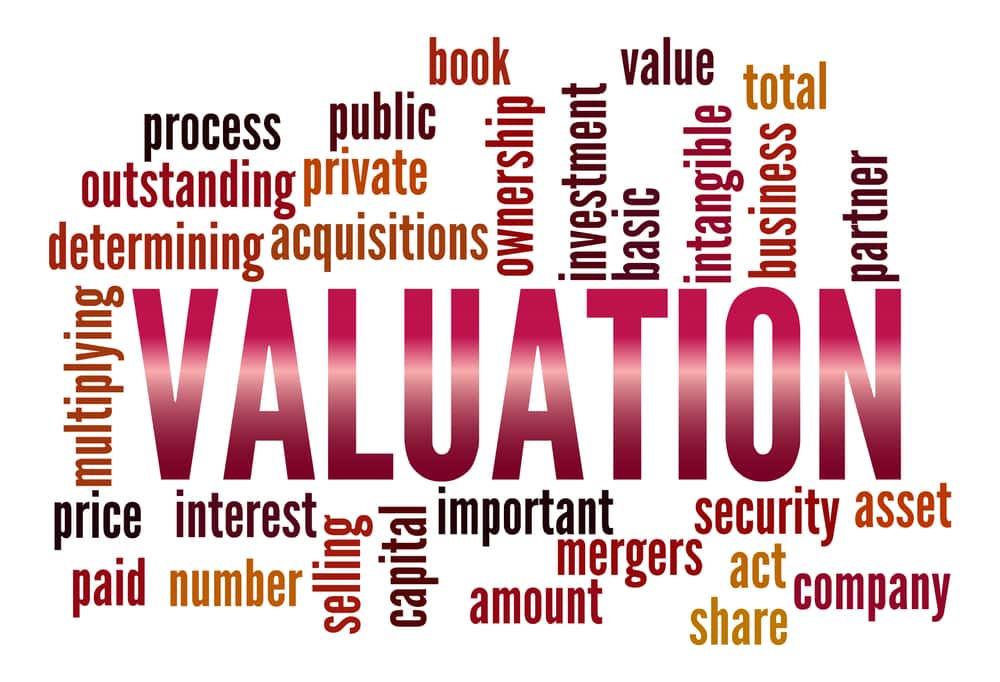What’s the Right Price for Your Business? Bridging the Valuation Gap

Think about how you would respond if someone were to offer to buy your business today. What’s your level of readiness to deal with that situation? What’s the right price for your business and how do you maximize your chances of obtaining that? In a webinar titled, “What’s the Right Price for Your Business? Bridging the Valuation Gap,” Peter Lehrman challenged Vistage CEOs to answer these questions as he discussed the factors that drive the price of businesses today. Peter is the CEO of Axial, the network that enables middle market private companies to intelligently connect with the advisors and capital partners they need to meet their goals.
Peter shared that 15 percent of mid-size business owners receive an unsolicited offer to buy their business annually. In other words, once every six years, you may receive an offer. If you’re not prepared to negotiate, if you don’t know what questions to ask the buyer, if you don’t have any M&A advisors you know and trust to help you out, and you don’t know the right price for your business, you may find yourself entertaining an offer that is much lower than what you expect.
Forty percent of business owners who receive an offer for their business report that the offer is low. This stems from two places. First, every CEO spends almost all of his or her time focusing on products, teams and customers, and almost no time on exit strategy. Too many business owners think that if they just build great products, the exit strategy will take care of itself. Unfortunately, this is just not the case.
As a seller, you’re fighting an uphill battle. Most of the time, the person making the offer is a professional buyer. They’re in the business of buying companies, constantly looking at opportunities and making acquisitions. You don’t have as much exposure to that process, so that puts you at a disadvantage.
The gap between what the seller thinks their business is worth vs. what the set of ideal buyers are willing to pay is called the “Valuation Gap.” An ideal buyer is someone who is so interested in owning your product that they just have to have it, and price is not their top concern. Sometimes you get lucky and the ideal buyer appears, but there are some simple and practical steps you can take to create your own luck.
Start by understanding who your ideal buyers are, and then establish a strategy for finding them. There are two types of buyers: financial buyers and strategic buyers. Financial buyers tend to be not operating companies that are in your market. They’re investment firms that have raised capital to invest in businesses. Strategic buyers are operating companies in your market. They’re corporations that are competing with you.
Here are the most important factors that financial and strategic buyers look for when evaluating a business for purchase.
Drivers of Value
- Future Financial Performance Evaluation: How much ability does your business have to generate profits in the future? Business is the sale of the future cash flow that your business has the potential to generate.
- Customer Concentration and Diversity: Do you have ten customers, each representing ten percent of your business, or do you have one customer who represents ninety percent of your business?
- Revenue Model: Is it recurring in nature, or do you sell products on a one-time basis? Buyers evaluate based on predictability.
- Audit status: You’ll go through a much more scrutinized diligence process when you go to sell the business if you don’t have audited financial statements. Audit creates a seal of trust and stamp of approval.
- Capability and completeness of the management team: Can your business continue to grow and prosper without you as the owner and CEO? Is your team capable of consistently setting and executing goals? Buyers reward this.
- External market factors: These can drive demand, and they’re beyond your control. The stock market, the cost of capital and the availability of capital, etc. Acquisition becomes attractive in a low interest rate environment.
- Number of buyers: How many potential buyers are lined up and interested in your business? Increased demand and competition will drive the price up.
Once you address all the above factors, you’ll be better prepared to get the ideal set of buyers to the table when it comes time to sell your business.
Getting the Ideal Buyers to the Table
- Build a trusted network of ten qualified M&A advisors. Initiate five conversations per quarter with new advisors, and have one conversation a year with existing advisors to maintain the relationship.
- Identify all potential buyers in (at least) three categories:
- Competitors/Suppliers/Vendors
- Strategic buyers
- Qualified Financial Buyers
- Leverage these relationships to get a handle on what’s going on in the private markets at a high level. At least once a year ask your advisors:
- What multiples are you seeing for businesses like mine and why?
- How have those multiples been changing?
- What are the biggest trends that are driving M&A?
- Who are some of the most active buyers in the market right now?
Peter encourages all CEOs to spend at least 10 percent of their time on acquiring information and relationships necessary to build a successful exit strategy, so when the moment comes, you can be prepared. To learn more about how he helps CEOs accomplish this, please visit www.axial.net.
Category : Financial Management

